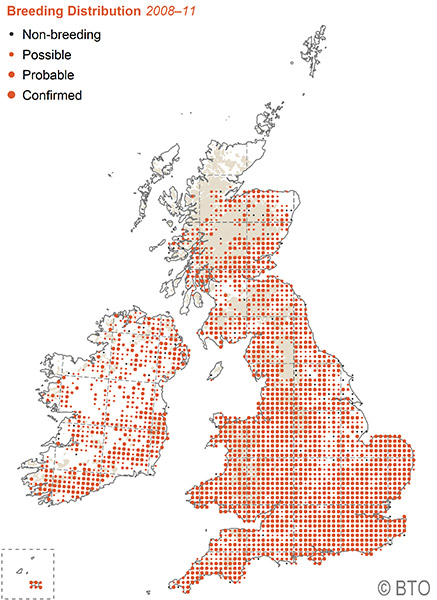A Master of Mimicry- Eurasian Jay
 |
| A Eurasian jay, image courtesy of Steve Round. |
Latin Name: Garrulus glandarius
The Eurasian jay is by far the most striking and colourful of the crow family found in the British Isles. They possess an exterior consisting of a pinkish-brown hue, whilst the wings are primarily black and white with a charismatic flash of light blue. Jays typically have a body length of around 35cm and a wingspan of approximately 52-58cm wide, whilst the average bird weighs in at around about 160g.
Jays, like most corvids (crow family), often demonstrate signs of exceptional intelligence which is particularly evident in their ability to showcase excellent mimicry skills and the range of emotions which they can express. The jay can show emotions such as anger, playfulness and even affection, whilst the ability of foresight and planning has also been recorded, with individuals storing nuts and acorns in preparation for the winter months. Mimicry and vocalisation is especially prevalent in the species however, as they are renowned for replicating other birds calls and songs, possibly for protective purposes. Some jays have even been known to mimic domestic housecats.
Widely distributed across the British Isles, the jay numbers around about 170,000 breeding pairs and are resident all year round. The jay's conservation status is categorised as green (not threatened) and is of little danger of becoming endangered.
 |
| Map detailing the breeding distribution of jays in the British Isles, courtesy of the BTO |
In terms of diet, the jay harbours a voracious appetite for acorns which makes up the bulk of its diet. Insects and seeds are also regularly consumed whilst jays have also been known to target and devour small mammals and birds with mice and juvenile bats occasionally falling victim to the cunning jay. Due to their dependence of acorns, jays are often found nesting in or around large oak trees, although the species is often found in both coniferous and non-coniferous woodland.
Comments
Post a Comment